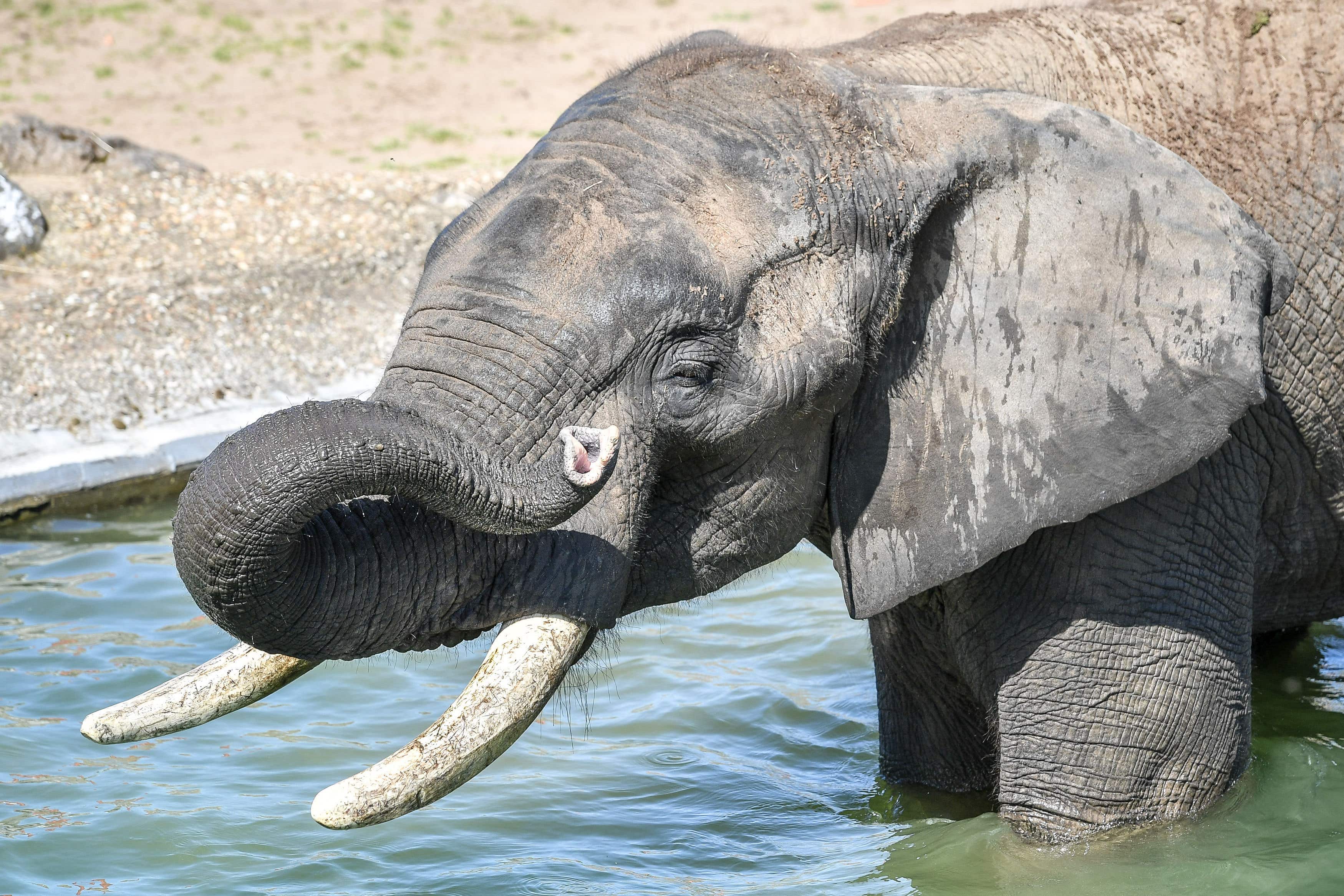Male elephants use deep rumbles to signal when it is time to go
Researchers found that the rumbles are initiated by the most socially integrated, and often the most dominant, males in close-knit social groups.

Your support helps us to tell the story
From reproductive rights to climate change to Big Tech, The Independent is on the ground when the story is developing. Whether it's investigating the financials of Elon Musk's pro-Trump PAC or producing our latest documentary, 'The A Word', which shines a light on the American women fighting for reproductive rights, we know how important it is to parse out the facts from the messaging.
At such a critical moment in US history, we need reporters on the ground. Your donation allows us to keep sending journalists to speak to both sides of the story.
The Independent is trusted by Americans across the entire political spectrum. And unlike many other quality news outlets, we choose not to lock Americans out of our reporting and analysis with paywalls. We believe quality journalism should be available to everyone, paid for by those who can afford it.
Your support makes all the difference.Male elephants signal that it is time to move on by letting out a “sophisticated” deep growl, new research suggests.
After a while drinking at the waterhole, a senior bull elephant will lift his head and turn away, and with ears flapping gently let out a resonant rumble that would sound much like any of his other noises to humans.
But this specific sound sends a very clear message to the other bull elephants – it is time to go.
We were astonished to find that male elephants, typically considered to have loose social ties, engage in such sophisticated vocal coordination to trigger action
One by one, the others respond, their voices overlapping in rumbles, and they move on to the next stop.
For the first time, scientists from Stanford University and other institutions have documented male elephants using the “let’s go” rumbles to signal the start of group departures from the Mushara waterhole in Etosha National Park, Namibia.
Researchers found that the rumbles are initiated by the most socially integrated, and often the most dominant, males in close-knit social groups.
They say that the findings are surprising because this behaviour was previously thought to be exclusive to female elephants in family groups.
Study lead author Caitlin O’Connell-Rodwell, a research associate at Stanford University’s Centre for Conservation Biology, said: “We were astonished to find that male elephants, typically considered to have loose social ties, engage in such sophisticated vocal coordination to trigger action.
“These calls show us that there’s much more going on within their vocal communication than has previously been known.”
The rumble was first recorded in 2004, and from 2005 to 2017, the team collected data at the Mushara waterhole, primarily during the dry seasons.
The researchers analysed the sounds for acoustic properties, and noted which elephants initiated the rumbles, how others responded, and the sequence of events leading to the coordinated departures.
The so-called “let’s go” rumbles are very similar to those previously recorded in female elephants, and the researchers suggest that male elephants likely learn the behaviour when they are young.
Dr O’Connell-Rodwell, said: “They grew up in a family where all the female leaders were engaging in this ritual.
“We think that as they mature and form their own groups, they adapt and use these learned behaviours to coordinate with other males.”
As well as the linguistic insights, the study also reveals that some dominant male elephants play crucial roles within their social groups, helping to maintain cohesion and stability.
Dr O’Connell-Rodwell explained that these animals essentially take on “mentoring” roles, adding: “They care about these young whippersnappers who are very needy and always wanting to be in physical contact.
“The older males are willing to take them under their wing, to guide them, share resources with them, and partake in their emotional ups and downs.”
The findings are published in the PeerJ journal.